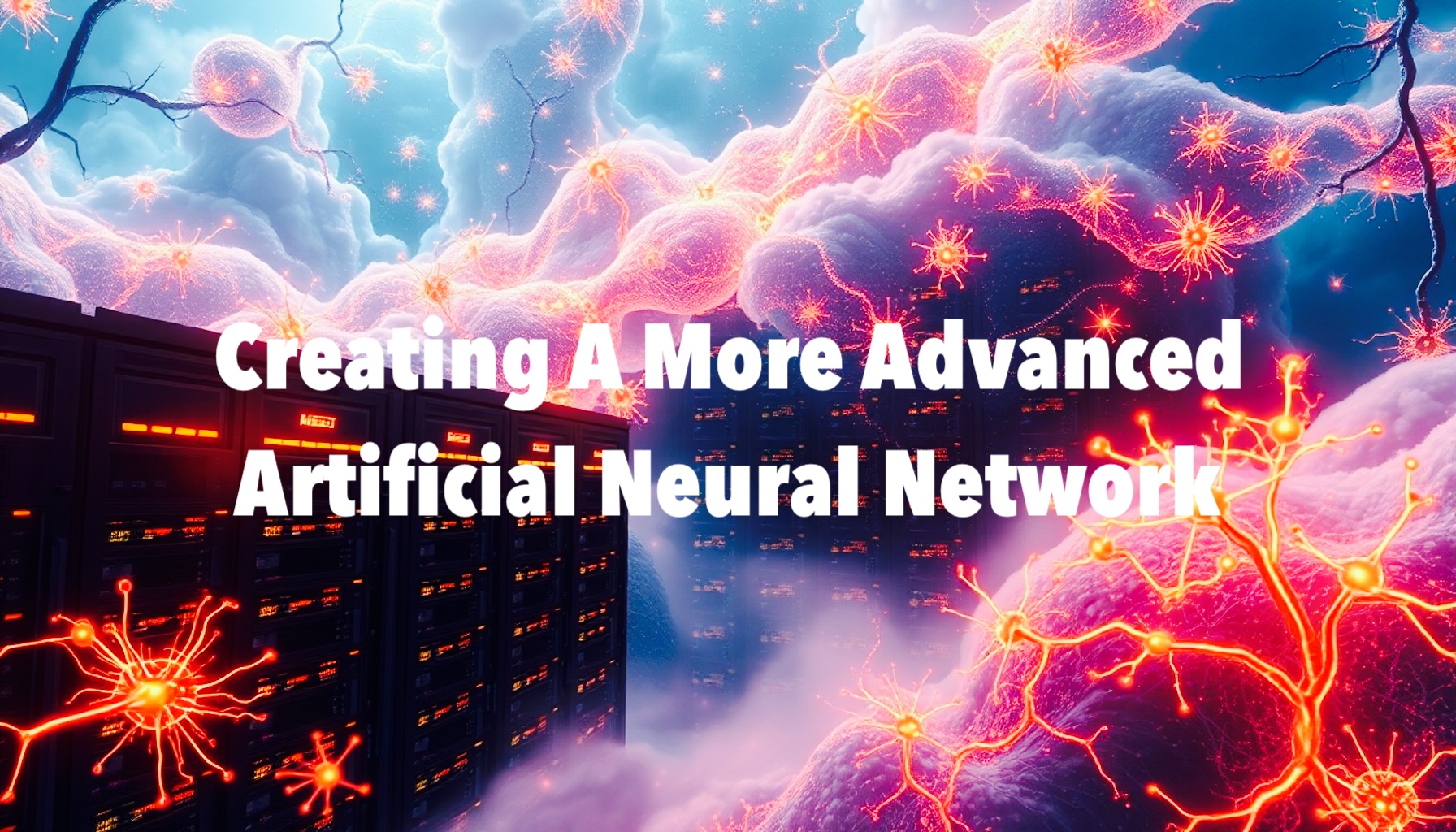Many people hate on the Catholic Church for a variety of reasons. Ultimately, the reason for the hate can be traced to the failings of people and not the core of faith itself. Despite these failings, we have to acknowledge that the Church accomplished a great deal of good, including guiding Christianity, western civilization even, through some of its darkest periods.
Read MoreA few weeks ago, my buddies Drew and Bimbo were talking about watches. Bimbo and I were teasing Drew who was in Japan shopping for watches among others, to get some for us. Fast forward to last week and Drew was back from Japan and gave each of us this watch! Thank you, Drew!

The basic artificial neural network we created doesn’t have the best accuracy. Though it performed somewhat well in the recognition of MNIST test data images, it didn’t do as well in the recognition of real-world images. To improve its performance, we can do some adjustments to our model and training data.
Read MoreWe have previously through the process of recognizing numbers utilizing our artificial neural network (ANN). If you haven’t gone through that post on, you can do so now. However, we ran the recognition task on images from the MNIST dataset. Even though we used the test data, it’s still cannot be considered real-world. It’s clean, well-labeled, and structured, with a lot of the noise and ambiguity removed.
Read MoreWe have previously created and trained a basic artificial neural network (ANN). If you haven’t gone through that post on, you can do so now. In this post, we’ll continue and go through the process of recognizing numbers utilizing the ANN model that we created.
Read More